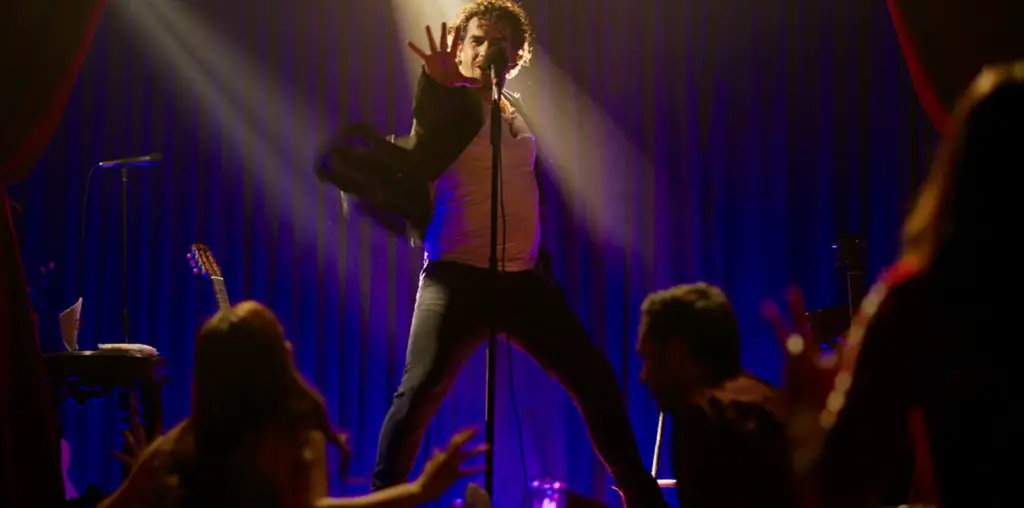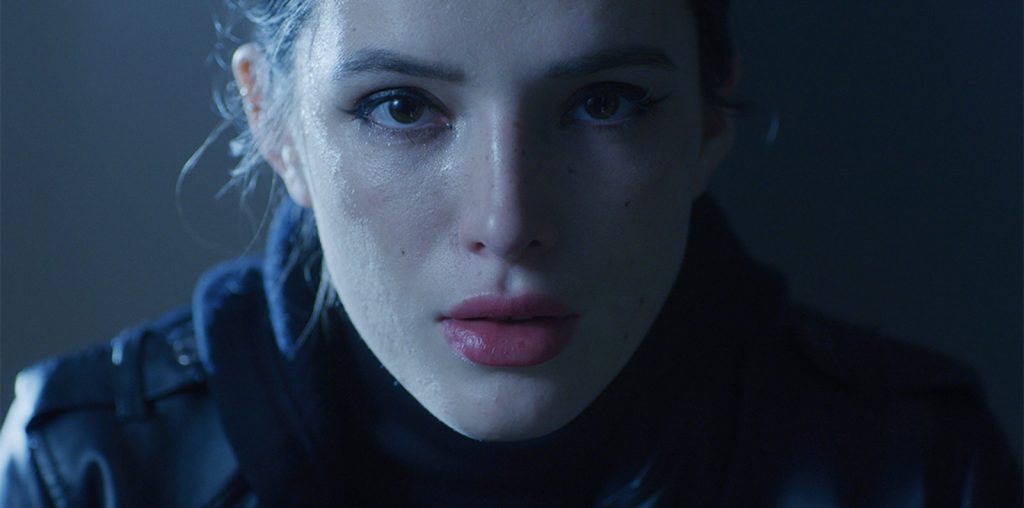
Starring Robert Englund and Zelda Rubenstein, Scott Glosserman’s darkly comic slasher “Behind the Mask: The Rise of Leslie Vernon” takes a look at a notorious killer’s life…when he’s not killing. We spoke with Scott about his film just as he’s getting ready to screen it at SXSW 2006.
Where and when did you start filmmaking?
If you mean feature filmmaking, it was in 2002, at my house in West LA, when my housemate, who also happened to be my manager, Andrew Lewis, came home with a script he wanted me to read. The script was the first incarnation of BEHIND THE MASK. However, I’d been in feature film-developing and documentary film-producing and agent-secretarying and money-scraping by table-waiting and commercial-acting and piano-teaching long before that.
Who are your influences?
My personal influences are my father, mother and my brother, first and foremost. I am so lucky and grateful to have been surrounded by an extremely supportive, healthy and loving family all my life. Additionally, I’ve been fortunate to have had many wonderful mentors, both growing up, and thus far during my career. Professionally, I’ve been influenced by so many people in so many fields, from so many places and times, that it’s difficult to narrow a list. But, that sounds like a cop-out, so I’ll take a stab at three important ones:
Thomas Friedman has, perhaps, had the most influence on me over the last five years. Bruce Springsteen’s songs are more visual and tell better stories than most movies. His music profoundly influences me. I trust that every frame of a Stanley Kubrick film is worthy of explication. With regard to filmmaking, Kubrick has probably influenced me the most. He is the one whose filmmaking ideals I’ll always endeavor to achieve.
What inspired the making of “Behind the Mask”?
Just about every horror film I’ve ever seen inspired the making of BEHIND THE MASK. I truly feel as though the horror genre, from an artistic and academic standpoint, is just as worthy of cinephilic study as any other film genre. I hope that BTM will begin to demonstrate to people that even the guy who wrote the eighth installment of FRIDAY THE 13TH had an understanding of the greater conventions and archetypes of the genre. It’s interesting that one can fit virtually every movie’s plot-line into Campbell’s “Hero’s Journey,” including horror films, as Stuart Voytilla demonstrated. However, slasher-films also have a formula of their own, and despite the layman’s point of view, the formula is quite sophisticated. I want to bring the slasher-horror formula to light. That, specifically, is my inspiration for the making of BEHIND THE MASK: The rise of Leslie Vernon.
Does your film lean more towards comedy or horror?
Great question! I believe that the answer will fluctuate for folks, depending on each viewer’s sensibility. For me, BTM is a “mocku”-horror film. Although I certainly feel as though it belongs in the horror section, I consider it more of a dark comedy than a horror film. It is quite self-aware, and therefore, the suspenseful or gratuitously violent scenes are intended to be laughed with despite the fact that the shooting technique may cause the audience to jump.
To that end, I‘m hoping that my film will not only appeal to horror fans — because they will completely understand its intent and, therefore, accept its tone — but that it will appeal to a much broader demographic of film-goers who wouldn’t ordinarily see a horror film, because this one deconstructs it in a funny, accessible, art-house sort-of-way.
How did you get Robert Englund for your film?
I asked a mentor of mine, Al Corley, from whom I had been soliciting advice on various aspects of pre-production if he would help me get the script to Robert Englund. Al is an industry veteran whose cache I desperately needed to get past Robert’s first line of defense, his agent (or, so I thought). Al did just that, and soon after, I was told Robert had read the script and that he responded to it positively. Al and his producing partner, Bart Rosenblatt, along with my attorney, Tanya Mallean, helped to negotiate the deal. Robert was extraordinarily generous to drastically reduce his typical fee for me. I believe that he appreciated the fact that I wanted him to go against his usual type by having him play the archetypal psychiatrist, or “Ahab” character, as Leslie (the protagonist) calls him. He appreciated the irony of his character, and he also embraced my endeavor to infuse horror homage’s, both obvious and subtle, into the film. He is an awesome, awesome guy.
Beyond SXSW, where will people be able to see “Behind the Mask”?
At this time, we have submitted the film to other high-profile festivals and are awaiting acceptance letters. My hope, though, is that BTM’s premiere at SXSW will attract a distributor.
“Behind the Mask” is currently available on DVD…

